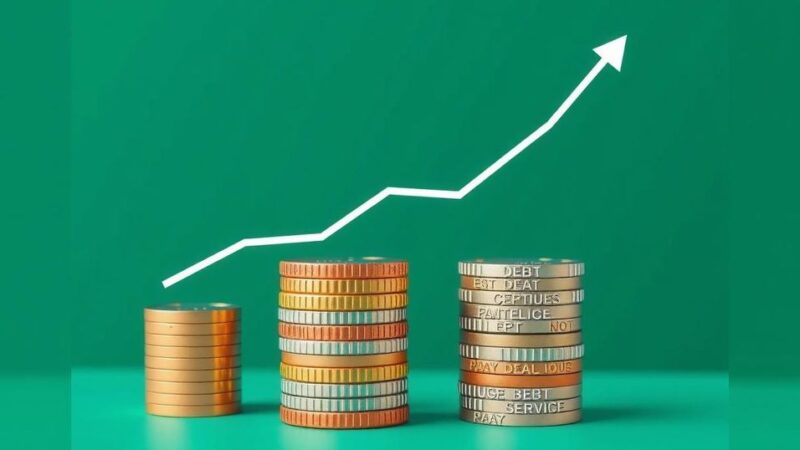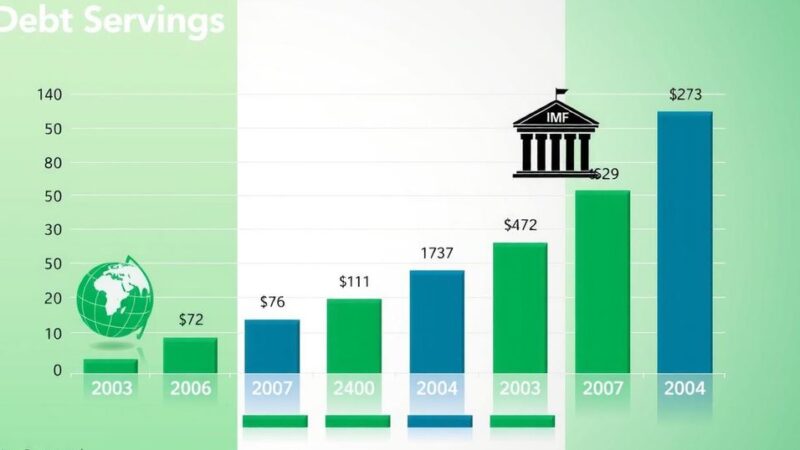Nigeria’s food inflation fell to 23.51% in February 2025, a significant decrease from 37.92% in the previous year. Despite a month-on-month increase of 1.67%, food staple prices such as yam and potatoes have moderated in growth. Regional disparities in food inflation highlight varying impacts across states, affecting overall inflation rates.
In February 2025, Nigeria’s food inflation rate fell to 23.51%, a considerable decrease from 37.92% in February 2024, as reported by the National Bureau of Statistics (NBS). This drop indicates a significant moderation in the rise of food prices, although month-on-month data shows continued price increases.
The NBS attributes the sharp year-on-year decline in food inflation partly to a new base year for measurement. On a monthly basis, food inflation was recorded at 1.67%, revealing a slower pace of price growth compared to January 2025, suggesting a reduction in the rate of cost increases despite ongoing rises.
Key food staples, including yam tubers, potatoes, soybeans, maize flour, cassava, and dried bambara beans, experienced lower price increases in February. This decline in food inflation may indicate an improvement in supply conditions or decreased pressure from exchange rate volatility that has historically affected food prices.
The report states: “The food inflation rate in February 2025 was 23.51% on a year-on-year basis. This was 14.41% lower compared to the rate recorded in February 2024 (37.92%). The significant decline in the food inflation figure is technically due to the change in the base year.” Moreover, the average annual rate of food inflation for the twelve months ending February 2025 was 34.74%, which marked a rise from 30.07% in February 2024.
Despite the easing of food inflation, these prices still contribute significantly to the overall inflation rate, accounting for 9.28% of the total headline rate. Month-on-month, food inflation contributed 0.82%, indicating continued price increases at a slower rate.
Food inflation across various Nigerian states varied greatly, with Sokoto experiencing the highest rate at 38.34%, followed by Edo at 35.08% and Nasarawa at 33.53%. The report suggests that disruptions in supply chains, transportation costs, and agricultural seasonality were key factors in these higher rates. Conversely, lower food inflation rates were observed in Adamawa (12.18%), Ondo (13.66%), and Oyo (15.55%), indicating better local production conditions.
Regionally, Sokoto recorded the highest month-on-month food inflation increase at 18.83%, followed by Nasarawa at 15.32%, and Kogi at 11.65%. However, states like Ondo, Kaduna, and Oyo reported declines in food prices, possibly due to improved local supply conditions or effective policy interventions.
The decline in Nigeria’s food inflation rate to 23.51% in February 2025 represents a significant easing of price pressures compared to the previous year. While key food staples have seen a moderation in price increases, regional disparities in inflation rates highlight ongoing challenges in the supply chain and local production conditions. Overall, food continues to be a substantial contributor to the country’s total inflation, necessitating continued observation and intervention to stabilize the market.
Original Source: nairametrics.com






